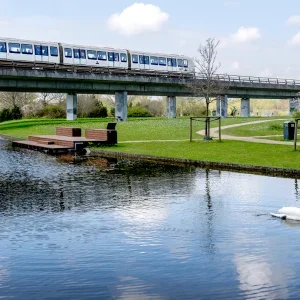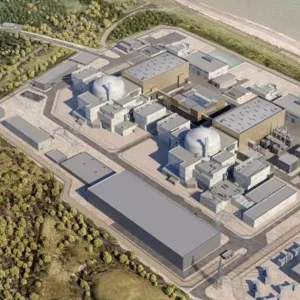Plans for a 4.7km twin bore road tunnel in Brisbane, Australia, could be scrapped depending on the results of the city’s imminent Mayoral election.
One candidate wants the proposed tunnel replaced by five new tunnels, whilst the current mayor, Tim Quinn, fully supports the aforementioned 4.7km North South Bypass Tunnel Project. The tunnel would link the areas of Woolloongabba and Bowen Hills, allowing motorists to bypass the congested central business district of the city.
The US$692M cross-river scheme has been called the missing link in BrisbaneÕs inner road network and is expected to be financed by Public Private Partnership with a 30 year concession. Currently an impact assessment study into the tunnel is underway, together with a detailed site investigation for feasibility.
Transurban Group, an Australian toll and infrastructure operator, has recently set up offices in Brisbane and indicated that it would be interested in tendering for the tunnel. Speaking to the press, Quinn said his proposal was “affordable, feasible and deliverable”, adding that it had both engineering and financial merits, whereas the five tunnel scheme would leave the city with massive debts.
Campbell Newman, the opposing mayoral candidate, advocates the TransApex project that calls for the five tunnels. Three of the tunnels would be river crossings, totalling 19.6km. TransApex would be built in two stages; the first stage is estimated at US$2.46bn and is scheduled to take ten years to complete. Stage one tunnels are the 5.8km East/West Distributor, the 5.7km North/South Distributor, the 3.6km Northern link and the 600m South Brisbane Connection. All these tunnels are to house four lane highways.
Stage two is a longer term US$615M project to build the Kingsford Smith Drive Duplication tunnel. This 3.9km drive would link the inner ring road system, which is connected to the city’s main arterial roads.
Newman defended the costs of the project saying TransApex “stacks up and will not put a burden like that on the ratepayers of Brisbane” and ensures minimal property resumption for construction.







